Other names Tough Tony Nephews Anthony Anastasia, Jr. | Siblings Albert Anastasia Name Anthony Anastasio | |
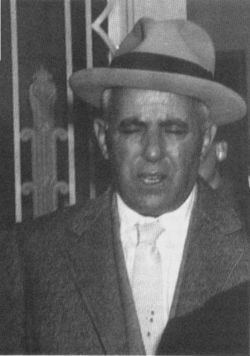 | ||
Died March 1, 1963, New York City, New York, United States | ||
Anthony anastasio interviewed by media after rackets inquiry
Anthony "Tough Tony" Anastasia (February 24, 1906 – March 1, 1963) was an Italian mobster and labor racketeer for the Gambino crime family who controlled the Brooklyn dockyards for over thirty years.
Contents
- Anthony anastasio interviewed by media after rackets inquiry
- Mobster Anthony Tough Tony Anastasio
- Early career
- Height of power
- Normandie fire
- Later years
- Death
- References
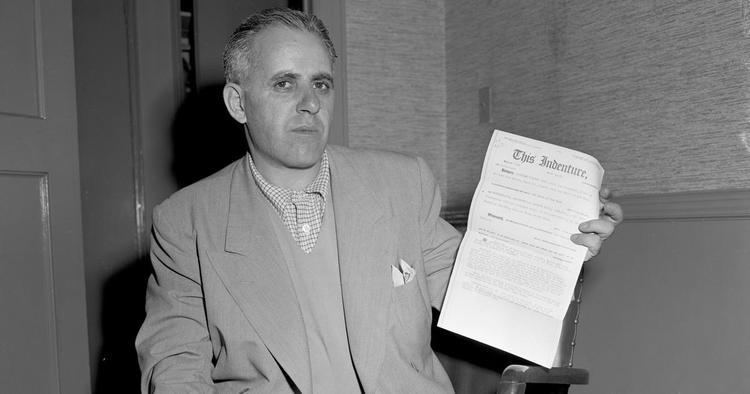
Mobster - Anthony "Tough Tony" Anastasio
Early career
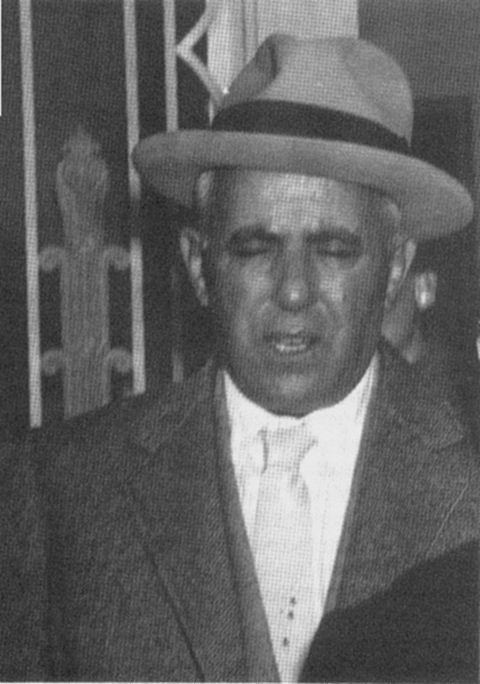
Born in Tropea, Italy, Anastasio and his brothers illegally entered the United States sometime between 1917 and 1924. The brothers were deckhands who deserted their ship in New York.
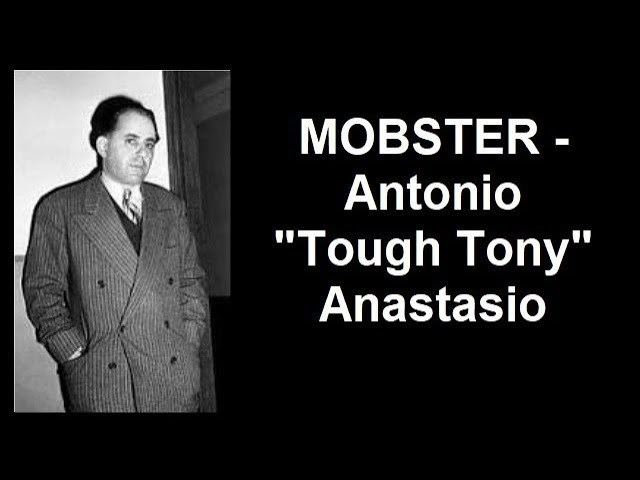
Anastasio had several brothers, including mobster Albert Anastasia. Albert Anastasia had changed his last name from "Anastasio" in 1921. Like his older brother, Anthony was an early member of the Mangano crime family, forerunner of today's Gambino crime family.
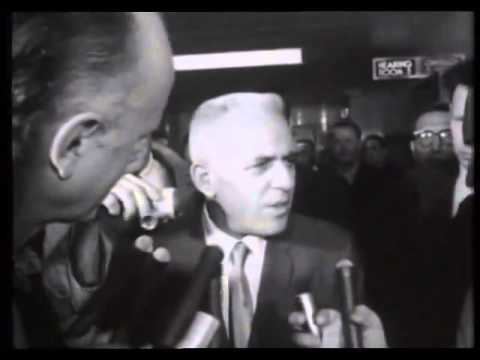
Anastasio was married to Rose Iacqua and the couple had one daughter, Marian. Their daughter eventually married Gambino mobster Anthony Scotto. Anastasio also had a nephew called Albert Anastasio.
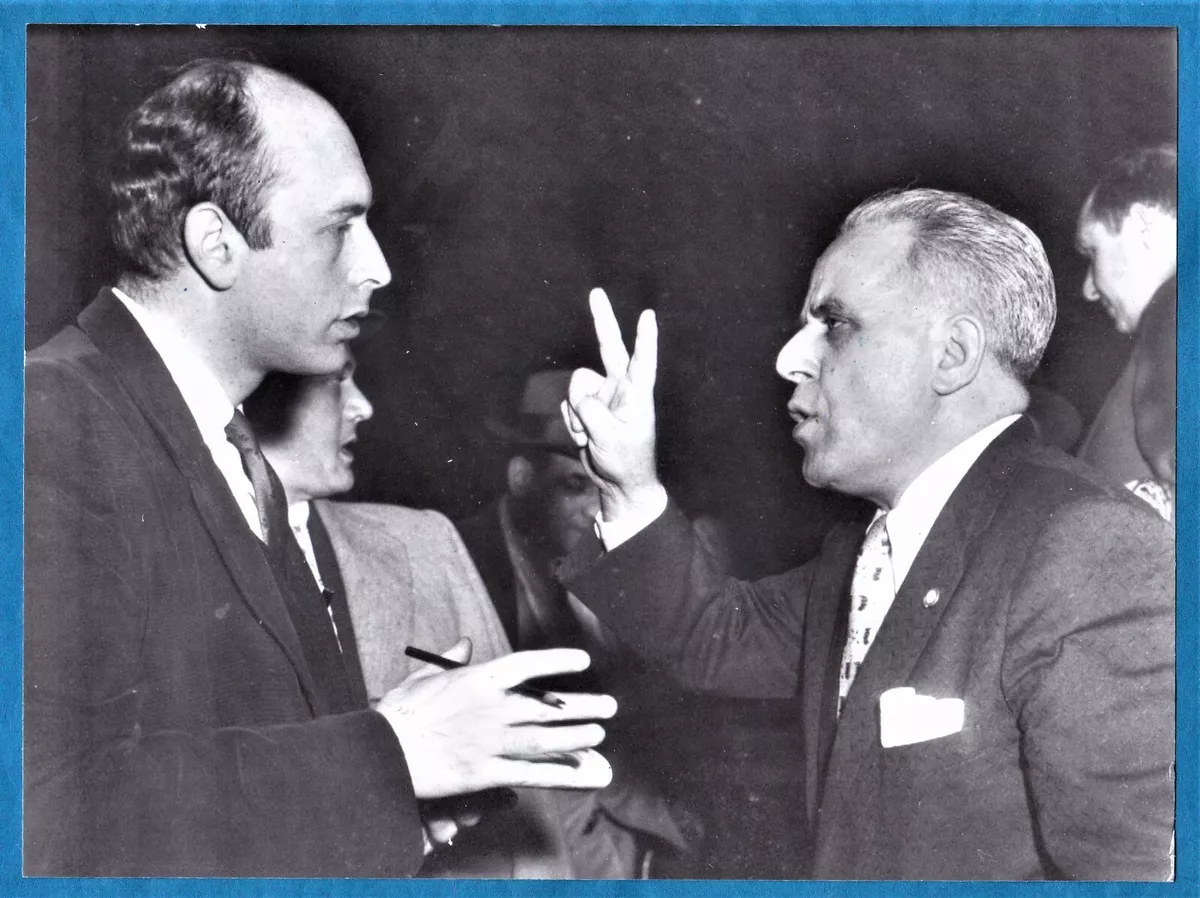
By 1925, the older Albert Anastasia had an arrest record that included homicide, assault, and felonious assault, but was not convicted on any of these charges.
Height of power
In 1932, Anastasio gained control of Brooklyn Local 1814 of the International Longshoremen's Association, and eventually rose to become a vice president of the national ILA. In 1937, Anastasio gained control of six ILA local chapters on the Brooklyn waterfront, sealing his control of the facility. Over the years, Anastasio earned millions for the New York Five Families through kickbacks from dues, stolen merchandise, and payoffs from rival shipping companies.
Anastasio always wore trademark, custom made wide-lapeled double breasted suits with white tie and white carnation which made up his expensive wardrobe, flashy cars, and Broadway showgirl companions which were all paid for by the ILA. When Luciano was incarcerated in Dannemora, it made the Anastasio brothers nervous. His daughter Louise married Colombo crime family mob associate Joseph Cataldo, brother of Dominick Cataldo.
With his brother Albert's position in Murder, Inc., Anastasio ruled the Brooklyn waterfront with an iron hand. During this time, while helping establish Anastasia as a major force on the New York waterfront, Anastasio's power was at its height. It is said he would severely damage foreign shipping and sabotage ships as a means of intimidation (presumably on orders from Anastasio). He made no effort to hide that he was a connected mobster; he only had to say "my brother Albert" to get his point across.
Normandie fire
After mob boss Charles "Lucky" Luciano was imprisoned on pandering charges, Anastasio was allegedly involved in organizing the arson sabotage of the French luxury liner SS Normandie. In early 1942, shortly after the United States entered World War II, Anastasio and his associates devised a strategic plan. At that time, the U.S. Navy was apprehensive about potential sabotage acts against warships docked in Brooklyn and Manhattan. In response, the mobsters negotiated a deal with the Navy, proposing Luciano's release in exchange for the mob ensuring the security of the docks, particularly concerning the Navy's interests. To get the Navy concerned they created a maritime disaster: Anastasio had been aware that over the last few months agents of naval intelligence had been scouting the Brooklyn and Manhattan waterfront looking for Italians and Germans who might be involved in a plot to sabotage Navy shipping. A French luxury liner, the SS Normandie, was being hastily converted into a troop transport and was docked at a Hudson River pier. Anthony and his brother Albert claimed they decided to sabotage the Normandie. The fire that broke out the afternoon of February 9, 1942, became one of the most spectacular in New York City's history. For hours the Normandie burned, until, listing heavily to port from all the water she had taken on, the ship finally capsized along the pier. The destruction of the Normandie prompted the Navy to approach the mob. The Navy won a guarantee that there would be no sabotaging of shipping in New York Harbor. As a reward for his "patriotic" support Charles Luciano was transferred from the maximum-security prison at Dannemora to Great Meadow prison, a minimum-security facility.
A federal investigation in the wake of the sinking, in conflict with the later claims of the mobsters, concluded that sabotage was not a factor.
Later years
After Albert Anastasia's murder in 1957, Anthony Anastasio's influence began to fade. However, new boss Carlo Gambino did allow Anastasio to retain control of the Brooklyn docks until his death. In 1962, Anastasio started suspecting that Vito Genovese (the main suspect in his brother's murder) meant to kill him and decided to meet with FBI agents. While discussing Gambino, Peter DeFeo, and Thomas Eboli with the agents, Anastasio reflected on his deceased brother: "I ate from the same table as Albert and came from the same womb but I know he killed many men and he deserved to die."
Death
On March 1, 1963, Anastasio died of a heart attack at Long Island College Hospital in Brooklyn. He is buried in Holy Cross Cemetery, New York City. On the day of the funeral, the Brooklyn docks halted all operations.
Anastasio's grandson John Scotto, the son of successor New York waterfront racketeer Anthony Scotto, later became an informant for the Los Angeles Police Department between 1993 and 1996.
